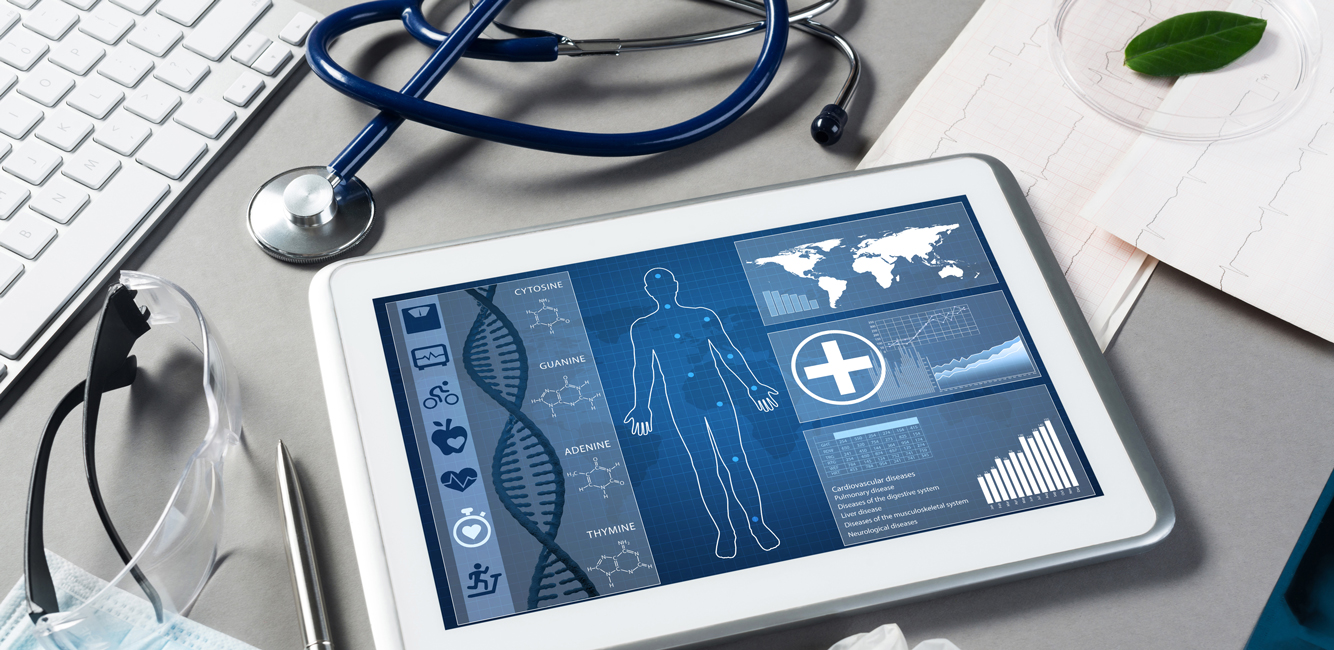Ponderosa Heart House Call offers a comprehensive cardiac service that are focused on appropriate management for the home-based patient. These include managing condition such as heart failure, coronary artery disease, arrythmias (irregular heartbeats), high blood pressure, high cholesterol, blood vessel disease (such as peripheral arterial disease), varicose veins and leg swelling. Although not a complete list, below are ways in which we can help you or your loved one achieve improved cardiac health from the comfort and safety of your home.
Cardiac Consultations
Meeting with you in your own home or via-telehealth we can offer education, prevention, evaluation, diagnosis, and treatment of many heart conditions.


Cardiac Disease and Medication Management
Let us help simplify your medications by understanding the importance of managing your heart medications. Less is sometimes more, and prescription medications can be electronically prescribed by your provider while they are still in your home during a visit and many pharmacies offer home delivery of your heart medications.
Electrocardiogram (EKG)
A quick and valuable way to identify the basic heart structure, function, and underlying rhythm for both the symptomatic (person feeling troubling heart symptoms) and the asymptomatic (normal feeling person). This is a painless test that can be performed just minutes with immediate results provided to you during your visit.
Echocardiography
Ultrasound imaging of the heart used to identify the key components of the entirety of the function of the heart. This includes an visualizing in real-time motion heart valves, heart shape and muscle structure. This gives a visual evaluation of the overall heart pumping strength and function. This information is key to overall heart health and the way heart conditions are managed.
Ankle Brachial Index (ABI)
A quick but informative way to identify quality of circulation through the arteries of the lower legs which aids in the understanding any underlying cardiovascular origin to the source of pain that one may feel.
Venous ultrasound
Ultrasound imaging of the veins that function return blood flow back to the heart evaluation for life-threatening blood clots in the legs. Additionally, common causes of lower leg problems leading to leg swelling and varicose veins as a result of improperly functioning veins can be evaluated.
Arrhythmia monitoring
Using easy to use apply, non-cumbersome, and non-restrictive heart rhythm monitors — we can identify the underlying cause and severity of the sensation of palpations and irregular heartbeats that may be as a result of an underlying heart rhythm abnormality.
Anticoagulation (Blood Thinner) Management
Managing blood thinners that are used in the treatment and prevention of blood clots that can occur in the heart, legs, lungs and other locations. Additional types of medications that are used to keep promote proper blood flow and circulation through the blood vessels in the heart and legs that may have had previous procedures to re-open blood vessels (such as stents) in the heart and leg arteries that may have been significantly narrowed or clogged in the past.
Remote Patient Monitoring
A variety of services such as (1) continuous monitoring of important patient status changes, such as vital signs with a purpose to identify any corresponding change in symptoms or new onset of problems and (2) the ability to notify and expedite emergency response in the life-threatening situation or traumatic fall and (3) preventing non-adherence to medications via reminders that promote compliance with your plan of care and (4) access to a licensed clinician at the touch of a button whenever you need it.
Carotid Ultrasound
Ultrasound imaging of the arteries in the neck that bring blood flow to the brain can be evaluated which helps identify blood vessel narrowing that is important for stroke prevention and aids in assessment of the flow of oxygen and nutrients to the brain.
Arterial Ultrasound
Ultrasound imaging of the arteries that deliver blood flow through the arms and legs which gives a thorough diagnostic picture of the circulation helping to identify blood vessel problems known as peripheral arterial disease.
Abdominal aortic ultrasound
Ultrasound imaging of the large blood vessel that carries blood flow from the heart to the lower limbs – known as abdominal aorta – can be effectively visualized and evaluated. When enlarged the vessel can become weakened which can cause potentially life-threatening problems such as aneurysms which are very important to identify early especially with those with concerns for high blood pressure and a history of smoking.
Pacemaker and Defibrillator Checks
Through a combination of remote and in-person monitoring of pacemaker and automated internal cardiac defibrillators (AICD) devices to regularly monitor the devices battery life and proving important information as to the prevalence of underlying heart rhythms. Watchful oversight of the cardiac device helps to promote optimal heart function and can even help to identify exacerbation of heart conditions and even offer potentially life-saving treatment from dangerous heart rhythm abnormalities.
Chronic Care Management
Management of chronic conditions to help achieve a better quality of life for Medicare beneficiaries that is achieved by coordinating the complexities of chronic disease conditions and their implication on one’s health.
